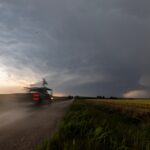
LIFT (Low-Level Internal Flows in Tornadoes) seeks to better understand winds in the lowest levels of tornadoes. To do so, scientists will have to get up close and personal.

LIFT (Low-Level Internal Flows in Tornadoes) seeks to better understand winds in the lowest levels of tornadoes. To do so, scientists will have to get up close and personal.
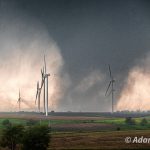
SCIENCE IMPACT: NSSL’s Warn-on-Forecast System yields 75 lead time on Greenfield, Iowa tornado, demonstrating potential for long-range tornado warnings.

NSSL’s Low-Level Internal Flows in Tornadoes experiment, or “LIFT”, intercepted a violent tornado southeast of Duke, Okla., gathering a data set that could prove to be significant in our understanding of tornado winds at the ground level.

The Warn-on-Forecast System is a revolutionary approach to forecasting severe weather and tornadoes that could lead to a historic leap in warning lead times.
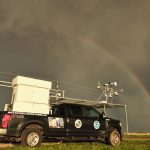
The NOAA National Severe Storms Laboratory is back in the field, testing tornado hypotheses with the DELTA Project.
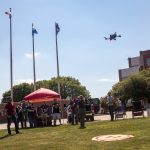
The NOAA National Severe Storms Laboratory (NSSL) hosted its inaugural NSSL Science and Engineering Day recently, gathering lab staff for a full day of reflection, discussion and collaboration. With a focus on appreciating the history and achievements of the lab while also casting a vision for the future, the event gave lab staff a unique opportunity to share, collaborate and think about the future of NSSL.
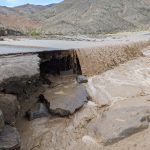
As Tropical Storm Hilary made landfall in California and affected the southwestern United States, researchers at the NOAA National Severe Storms Laboratory (NSSL) stepped into action, using a cutting-edge tool to lend support to forecasters.

The NOAA Hazardous Weather Testbed provides a conceptual framework and a physical space to foster collaboration between research and operations to test, perfect and evaluate emerging technologies and science for NWS operations.
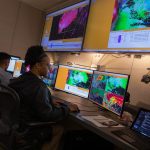
A severe weather system rolled through central Oklahoma on April 19, 2023, producing supercell thunderstorms that yielded at least 18 tornadoes. From observations, to modeling to post-storm damage assessment, NSSL researchers gathered comprehensive data and put their cutting edge research to the test on storms in their own backyard.
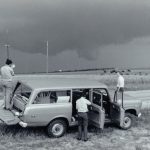
Fifty years ago, on May 24, 1973, a violent F-4 tornado tore through the central Oklahoma town of Union City, killing two people and injuring at least four more. While the human impact of the storm was devastating, the Union City tornado was also historic as it marked the first time researchers were able to use radar to observe the entire lifecycle of a tornado.